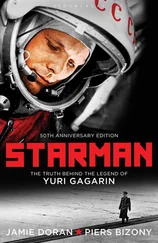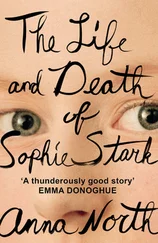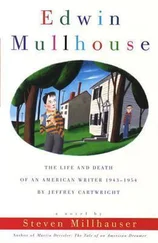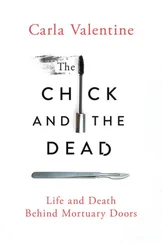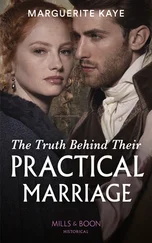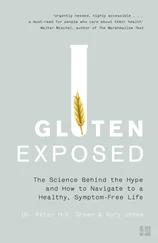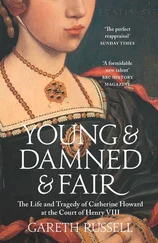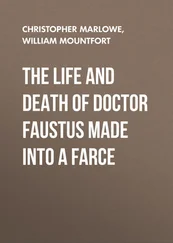From the twelfth century, when reliable records of its activities began, the Erroll family history had been tumultuous, a curious mixture of glorious heroism and despicable double-crossing. Like Joss, a number of Erroll ancestors had their lives prematurely curtailed, though many fell courageously in battle, defending their faith and their King. Joss was descended from a steadfast line of military men and diplomats whose traceable origins go back to the Norman conquest, though family lore has it that the Hays were already performing acts of heroism in Scotland in AD 980. William de Haya of Erroll, the first Chief of the Hay Clan, who came to Scotland in about 1166 as butler to the Scots king William the Lion, was sent to the newly crowned King John of England in 1199 to negotiate a truce between the battling factions, and the return of Northumberland to Scotland.
William de Haya provides the earliest example of the Hay men’s tendency to marry with a view to increasing the family fortune. He married Eva of the Tay Estuary, who brought him Pitmilly in Fife and probably the Angus lands as well as the falcon-lands of Erroll. † However, as the Hay estates seldom generated enough income to cover the costs of upkeep and family lifestyle, debts built up that were passed down the generations. Thus the Erroll family fortune gradually dwindled over the centuries and, when Joss’s turn came, ‘there would be little for the 22nd Earl to inherit’. 2
Sir Gilbert Hay of Erroll, 5th Chief, was created Hereditary Lord High Constable of Scotland, an office combining the functions of Secretary of State with that of Commander-in-Chief, * by King Robert the Bruce in 1314 for helping to defeat the English at Bannockburn, leading a thousand horses to the battlefield to do so. Sir Gilbert’s service to Robert the Bruce established a tradition of loyalty to the Scots Crown which earned the family many privileges and granted them much local power. They could levy taxes on their tenants, raise an army and dispense justice on wrongdoers. Gilbert was also given Slains Castle, which stood on the coast of Aberdeenshire about fifteen miles south of Peterhead, in recognition of the part he had played in the war against Edward II. The name ‘Slains’ evokes but mildly the slaughter which befell this family. For the Hays were nothing if not courageous. Eighty-seven of them fell with James IV at the battle of Flodden in Northumberland in 1513.
However, the corrupting influence of power was fully in evidence too. Plenty of scandals – beheadings, imprisonment, treason, suicide – occurred in the Erroll dynasty, but there has been only one murder.
Three strong family characteristics would surface in the Errolls over the centuries: an inclination for politics, a natural penchant for subversion and a tendency to hedge their bets, the latter a useful survival mechanism. These qualities abounded in Francis, the 9th Earl. He collaborated in the Catholic rebellion of 1594 with George Gordon, Earl of Huntly. The 9th Earl had always been a Catholic, and his father and grandfather had both been staunch supporters of Mary Queen of Scots and the Catholic party. James VI was lenient towards Francis for his part in the rebellion, the quid pro quo being that Francis’s son, the 10th Earl, be educated at court as a Protestant. But that was not the end of the story. In 1594 James marched north to supervise in person the burning of Slains Castle, reducing it to a ruin and giving rise to the differentiation between ‘Old Slains’ and ‘New Slains’ used by the Erroll family ever since. After the destruction of Old Slains, the Errolls moved seven miles away, north-east of Cruden Bay, where Francis initiated the mammoth construction project that was to be their next castle.
The 10th Earl was dismissed – possibly unfairly – as extravagant. It had cost him so much to attend the coronation of Charles I that he was compelled to dispose of his ancestral estates. Attending a coronation was a costly business for families as grand as the Errolls. They would be expected to provide an impressive train of retainers, which on one occasion included ‘eight mounted esquires, four pages, ten grooms, twenty-five marshalmen … and a large body of highlanders’. 3 In addition the 10th Earl was continuing the construction of ‘New Slains’, which would take a hundred years. 4 It is clear that by now the precariousness of the family fortune was a feature – and a thorny issue for its scions – of the Errolls’ history.
New Slains was the Scottish seat where Joss would get to know his great-grandmother Eliza Gore and his grandparents. It had left so deep an impression on him as a boy that he would name his first home in Africa after it. Joss and his siblings would occupy Slains Castle for only a few weeks at a time, but the place was ever-present in family conversation and had obviously captured the imagination of this intelligent child. What lad could resist stories of the wagers made in times gone by within the Erroll household on the chances of walking all the way round the castle’s outer wall without falling off. It was built so close to the cliff edge that one of its walls virtually overhung the ocean. The most famous victim of this dare-devil exercise was one of the Hay butlers, who fell to his death two hundred feet below the castle.
The assumption was that Joss would inherit Slains. Therefore, like the heirs before him, he learned by anecdote of its romantic history: how Slains came to be the principal landing-place for undercover Jacobites, as well as the centre of subversive activity at the start of the eighteenth century when Scotland and England were attempting to negotiate what became the 1707 Act of Union between the two countries. The wife of the 12th Earl, née Lady Anne Drummond, was responsible for ‘victualling the French ships’ that carried Jacobite agents to Scotland – notably Captain Nathaniel Hooke. 5 The 13th Earl spent time in France, scheming among intelligence gatherers and spies at court.
Machiavellian tactics, the playing-off of one side against the other while pretending to serve both, had become second nature to the Hays of Erroll. The conclusion drawn by one government spy about the 14th Countess, who inherited the title on the death of her brother, the unmarried 13th Earl, was that she was a ‘very intriguing and wily lady as is any in Britain’. Being an ardent supporter of the Jacobite cause in the lead-up to their last rebellion, in 1745, whenever circumstances called for secrecy she ‘had written for concealment in milk’. Obviously, the 14th Countess’s diplomatic skills were also considerable, for she managed to keep her titles and estates, whereas many of her Hay relatives’ reputations suffered for their involvement in the Forty-five. She was also greatly admired for her physical courage: ‘that magnificent old lady … only with considerable difficulty’ was dissuaded from leading the Clan in person to fight for Bonnie Prince Charlie, whose army set off for England under the command of her chamberlain.
In 1758, when he succeeded his childless aunt, James Boyd, the 15th Earl of Erroll, took the surname of Hay. Having officiated as Lord High Constable at the coronation of George III, and while under suspicion of being both Catholic and Jacobite, he was entrusted with conducting the King’s fiancée, Charlotte of Mecklenburg-Strelitz, to London – which inevitably involved him in huge expense, in addition to that incurred by attending the coronation. According to the Hay family, the escort mission was deliberately and needlessly drawn out in order to ruin James financially, so much was he mistrusted. 6
Nor did the 16th Earl, George, manage to inspire confidence in those who held the reins of power. Apparently, while drunk, he had blabbed about an official secret entrusted to him by Mr Pitt, the Prime Minister. Having leaked this ‘confidence ill-advisedly to a so-called friend, who promptly published it together with the source … he determined to destroy himself’ and committed suicide soon after his faux pas.7 To the Errolls who came after, George Hay’s legendary remorse was a stark warning against intoxication. Indeed, George’s descendants seem to have learned from somewhere – perhaps their forebear’s indiscretion had been but a momentary lapse in an otherwise dutiful career, or maybe his suicide had galvanised the next generation into facing responsibilities at a young age – that it was high time to clean up the Erroll family record.
Читать дальше

